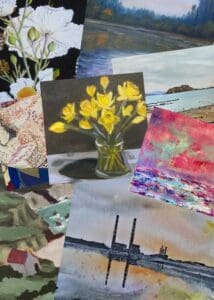While learning to draw shaded pictures, there are some techniques that you need to follow and remember. Proper shading for the different objects is essential to draw reality to the images. If you are a beginner then here is a brief tutorial for you that make you familiar with the techniques of pencil drawing shading.
The blended shading: This is a popular method among the artists. It works by using graphite as the medium as it provides great results. You can use graphite to blend it easily with almost anything. You can use different types of materials to create desired effect and texture. You may use facial tissues to create shades for a flawless looking skin.
The circulism shading method: This is a much popular method of shading among the pencil artists. The idea in this technique is basically to draw small circles that intertwine and overlap among themselves. Creating a tone using this methodology can be a bit tedious but the results are certainly worth it. It helps in providing a real life skin texture to the images. You can use a light touch and a build up tone for this technique. In this, the graphite is blended in much smaller motions, in a circular manner.
The dark blacks technique: There are many artists who complain that it is too tough to get a dark back texture. It is true to some extent because, ideally graphite is not a good option for getting dark blacks. However, to create a darker tone using a graphite pencil, it is recommended that you use a SHARP 7B pencil. Press fairly hard and use the circular motion technique to get the desired effect of darker shades.
The loose Cross-Hatching: If you are an artist then you must have heard about this before. This is a quite simple yet effective method of getting an artistic look. The very fundamental idea of the crosshatching technique is to overlap the lines. This has to be repeated several times to get the desired results.
Disclaimer: The views and opinions expressed in this article are those of the authors and do not necessarily reflect the official policy or position of Irish Artmart.




